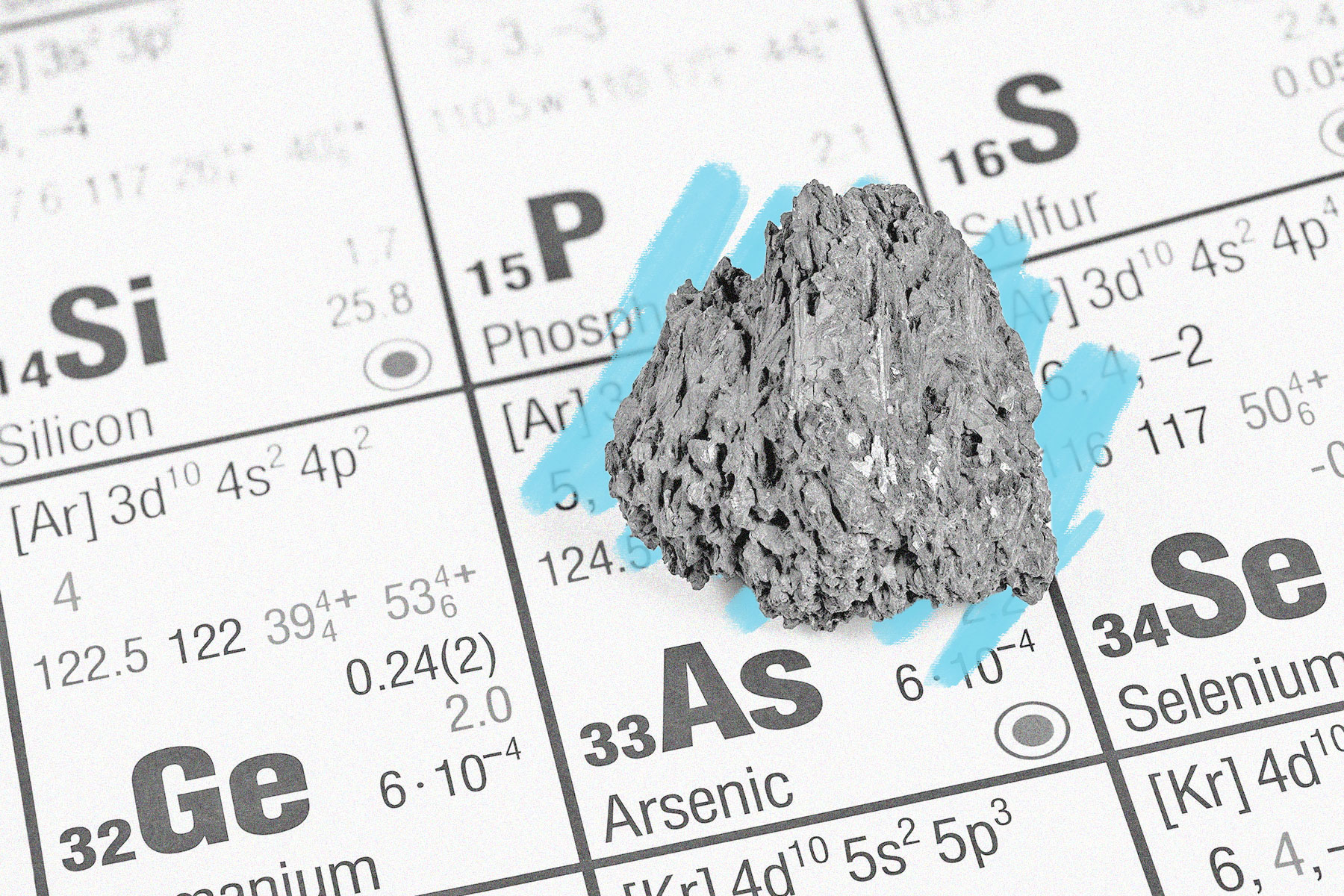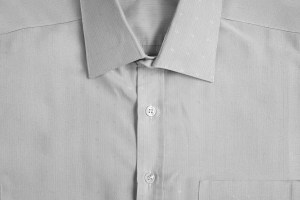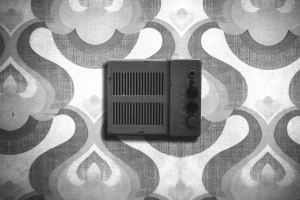Victorian-era women ate arsenic as a beauty treatment.
In the United States and Europe, a ghostly pallor was the height of fashion among Victorian-era women. Pale skin signaled high class, both because it meant that you never had to work in the sun and because wasting away from consumption, what we now know as tuberculosis, had become associated with beauty in certain affluent circles. In the late 18th century, wealthy women started romanticizing the extreme thinness, near-translucent skin, and rosy cheeks of those who suffered from the disease, an attitude that came to a peak in the mid-19th century. Tuberculosis, while devastating, brought out features that some already considered attractive, and beautiful women were, falsely, even thought to have been particularly vulnerable to the illness. Women chasing the fashion wore tight corsets and full skirts to show off their tiny waists and made their faces as pale as possible. And if they didn’t already have a ghostly complexion, they could get the look in other ways — such as through long-term arsenic exposure.
In 1851, a Swiss physician published a report in a medical journal about the “toxicophagi,” a group of people in modern-day Austria who routinely consumed arsenic; they knew it was poison, but thought they could develop an immunity to it by starting with small doses and gradually increasing the intake. The report’s author claimed that arsenic gave them great energy, sparkling eyes, and wonderful complexions, but noted that after long-term use, unsurprisingly, “most arsenic eaters end with an inevitable infirmity of the body.”
After the article was published, beauty writers told stories of women in Bohemia (modern-day Czechia) who bathed in “arsenic springs” as skin care. It became a popular treatment for women chasing a naturally wan look — as opposed to the “painted ladies” of the day, who used heavy makeup to appear pale. Arsenic-based “complexion wafers” started hitting store shelves; Dr. James P. Campbell’s Safe Arsenic Complexion Wafers promised relief from blemishes and “a deliciously clear complexion,” and were sold well into the 20th century. These wafers reportedly had a very low dose of the toxin, but because there is no such thing as “safe” arsenic, the wafers were still fatal for some consumers. Legitimate doctors warned against their use, and at least one physician in San Francisco worried that arsenic poisoning was going undiagnosed because women neglected to tell their doctors they were taking it.










